October 26, 2016: The content below helps navigate the new features in this release. A full list of updates is available in the Reference Manual's Appendix.
XFdtd 7.6.0 is the last XF release series available for 32-bit Windows and RedHat Enterprise Linux (RHEL) 5 platforms. Subsequent releases will be available for 64-bit Windows and RHEL7, and additionally for RHEL6 for the solver. RPS subscribers will receive additional notice of this change.
Additional Capabilities
This version introduces over 70 usability, performance, scripting, and other updatesHere is a select list of modifications:
- Collaborated with Nebens enabled users to export directly from XF to MIMObit format.
- Added ability to import a Bill of Materials (Bom) from Granta Design's MI:Materials Gateway along with a CAD model.
- Added ability to import an Xpatch .facet file.
- Added ability to import and export parameters in the parameter list.
- Expanded project unit preference options to display efficiency values as percentage, fraction, or dB.
- Added test to determine whether the meshed representations of two objects touch each other. Users can select two objects, right-click, choose Touching Objects, and then Test Objects in Mesh Space. Note that this is not a conductivity continuity test.
- Tested for compliance and simulations run in accordance with the specific absorption rate (SAR) specification in IEC/IEEE 62704-1 Draft 4.
- Improved simulations containing multiple frequencies of interest with use of multiple threads for the discrete Fourier transform (DFT) computation. This results in substantial performance increases in some cases.
- Reduced plotting times of far zone gain results when multiple active feeds are present.
- Improved performance for the separate modeling operation.
- Improved creation of a sheet body from faces by displaying the number of selected faces.
- Specified additional XFsolver command-line options as External Queue Integration (EQI) options.
- Eliminated multiple computations for duplicate frequencies of interest during a simulation.
- Added an application preferences option that displays the process ID in the title bar of all windows belonging to a single instance of the application. This is useful for disambiguating pop-up dialogs.
- Updated the grid editor's info tab to display the total number of cells in the user space and the total number including any PML layers.
- Added ability to specify the CAD import options before the import begins if modeling units of an imported CAD design are known.
- Added ability to toggle port settings on a selection of multiple enabled circuit components.
- Included the net input power along with the other SAR sensor data displayed in the SAR statistics window.
- Updated the default setting to draw the CEO's S-parameter and efficiency result plots with lines instead of markers.
- Added option to application preferences that does not display lumped component name in the view when selected.
- Added dissipated power per material sorting option to the system sensor table.
- Fixed bug causing the include in mesh option on a circuit component to not update the grid. This includes changes to the grid bounds for circuit components included in the padding calculation's bounding box, fixed points for components with fixed points enabled, or grid regions for components with PrOGrid grid regions enabled.
- Reduced time and RAM necessary to create a sheet body from many faces.
- Removed the ineffectual minimum cell size option from the main grid editor.
- [Scripting API] Added App.getResultBrowserSelection() to obtain the current selection in the results browser.
- [Scripting API] Added CachingOperation, which can be used to increase performance of querying data set values.
- [Scripting API] Added methods to Waveguide to be able to query and set the Boundary Type
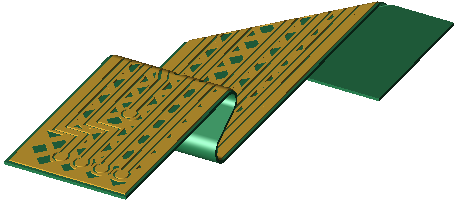

 XF's animated
XF's animated 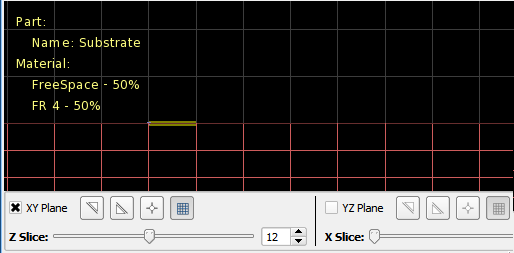 XF's latest
XF's latest 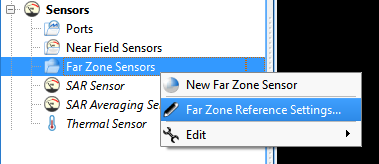 XF users can define the
XF users can define the 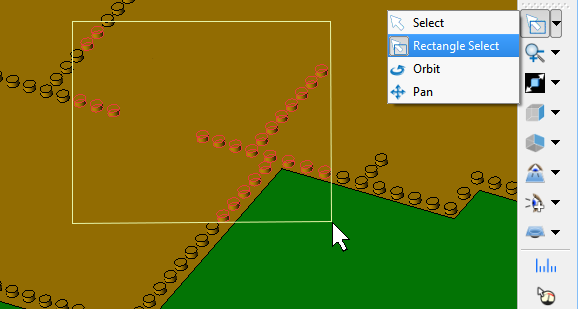 XF's latest selection tool allows users to
XF's latest selection tool allows users to 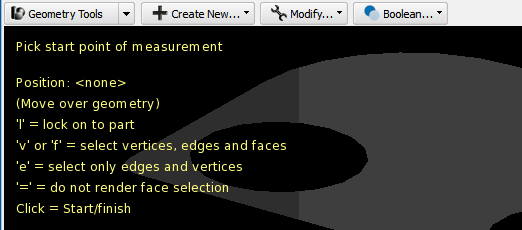 Information previously displayed in XF's
Information previously displayed in XF's 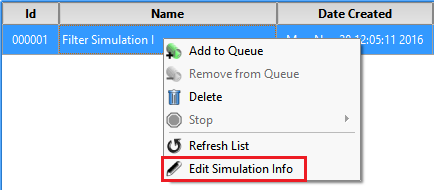 This usability update allows users to
This usability update allows users to 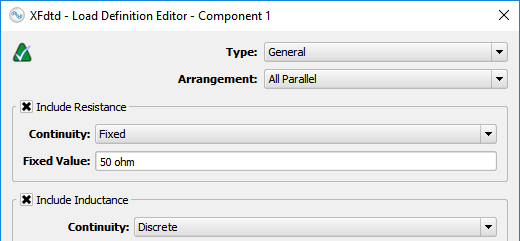 XF's latest addition to the circuit element optimizer's (CEO's) capability includes a generalized component for greater flexibility and a simpler circuit modeling process. The general RLC option allows users to define equivalent circuits as RLC, R||L||C, and RL||C in order to accurately represent complex behavior in fewer steps.
XF's latest addition to the circuit element optimizer's (CEO's) capability includes a generalized component for greater flexibility and a simpler circuit modeling process. The general RLC option allows users to define equivalent circuits as RLC, R||L||C, and RL||C in order to accurately represent complex behavior in fewer steps.